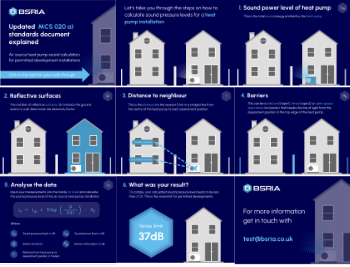Charred timber cladding
Charred timber cladding, also called burnt or scorched wood cladding is a technique of treating wood by burnt its outmost surface, originally to help improve its durability but today also for aesthetic reasons.
The technique originates from Japan where it may be referred to as yakisugi, yakisugi-ita, or yakiita, it may also be called shou sugi ban which is a specific and registered type of charred wood product, which started to be manufactured in large scale after the 1970's. The charring of the wood, burning or scorching its surface, draws out the natural resins and creates a layer of carbon on its face, this layer as a result has increased resistance to water, rot, pests and indeed fire.
Its origins seem to stem from the periods of re-unification in Japan, and population boom, as fires were quite common place the technique became popular because materials other than wood were not readily available. In the centres man traditional houses along with merchant warehouses were built using the technique as a way of forging extra protection for valuable goods stored in the warehouses as well as homes. There is also some indication that charred timber was used in the construction traditional houses in countries such as Finland and Sweden, thought red ochre, locally called Falun red (or Falu red) paint with high levels of iron oxide is more common.
Today charred timber cladding is used as much for aesthetic reasons as for durability, although with the gradual reduction in the use chemical timber preservatives and greater awareness of environmental impacts of building materials charred cladding has had some what of a renaissance.
[edit] Related articles on Designing Buildings
Featured articles and news
Gregor Harvie argues that AI is state-sanctioned theft of IP.
Heat pumps, vehicle chargers and heating appliances must be sold with smart functionality.
Experimental AI housing target help for councils
Experimental AI could help councils meet housing targets by digitising records.
New-style degrees set for reformed ARB accreditation
Following the ARB Tomorrow's Architects competency outcomes for Architects.
BSRIA Occupant Wellbeing survey BOW
Occupant satisfaction and wellbeing tool inc. physical environment, indoor facilities, functionality and accessibility.
Preserving, waterproofing and decorating buildings.
Many resources for visitors aswell as new features for members.
Using technology to empower communities
The Community data platform; capturing the DNA of a place and fostering participation, for better design.
Heat pump and wind turbine sound calculations for PDRs
MCS publish updated sound calculation standards for permitted development installations.
Homes England creates largest housing-led site in the North
Successful, 34 hectare land acquisition with the residential allocation now completed.
Scottish apprenticeship training proposals
General support although better accountability and transparency is sought.
The history of building regulations
A story of belated action in response to crisis.
Moisture, fire safety and emerging trends in living walls
How wet is your wall?
Current policy explained and newly published consultation by the UK and Welsh Governments.
British architecture 1919–39. Book review.
Conservation of listed prefabs in Moseley.
Energy industry calls for urgent reform.























